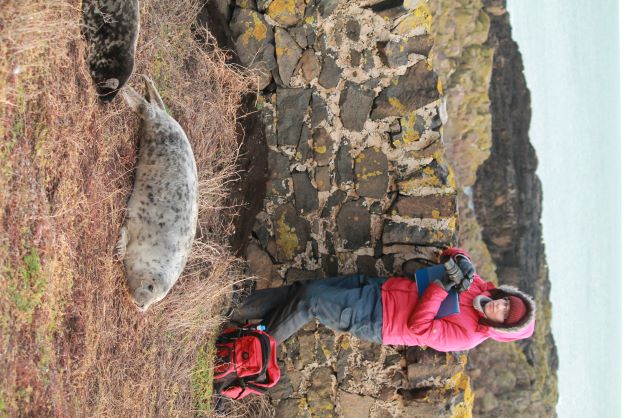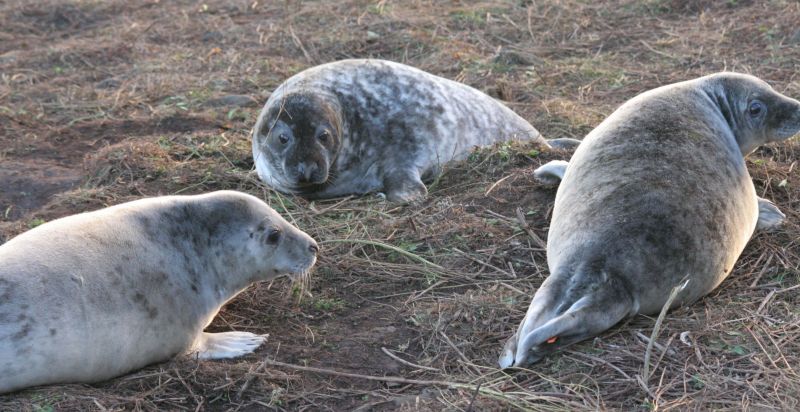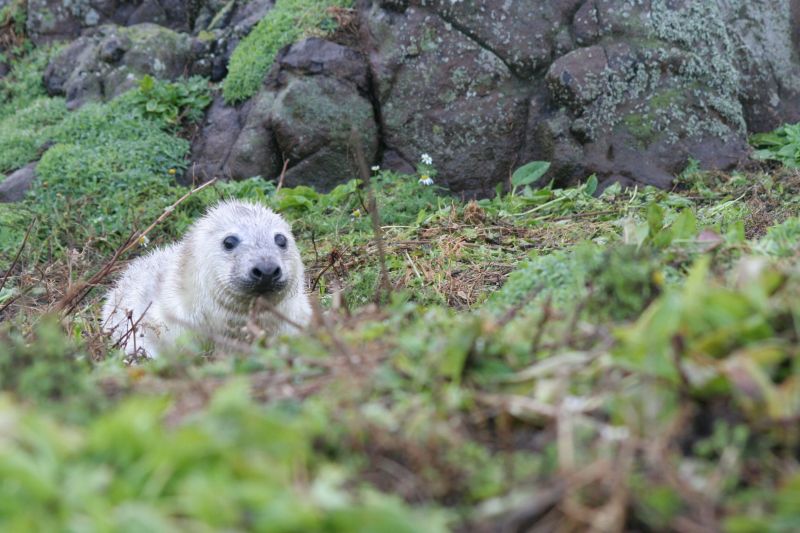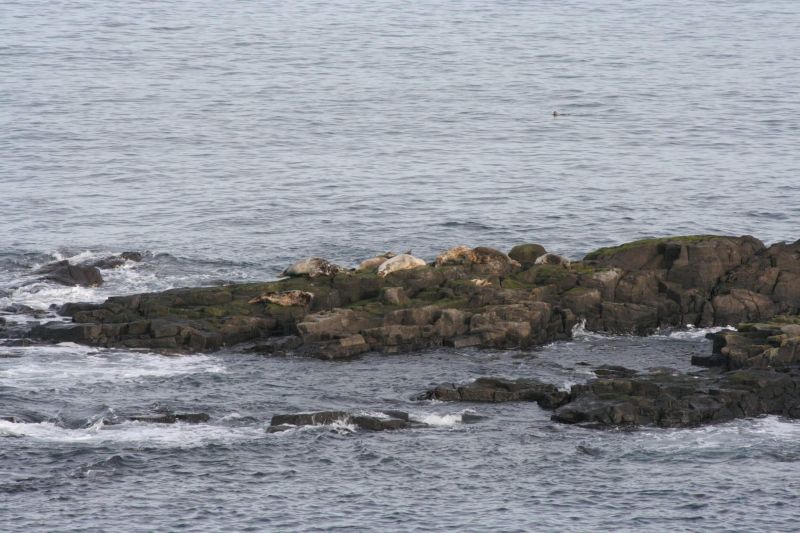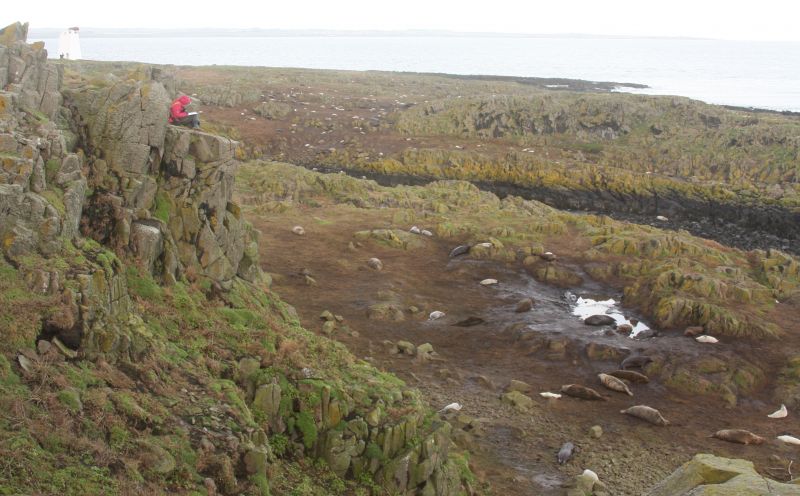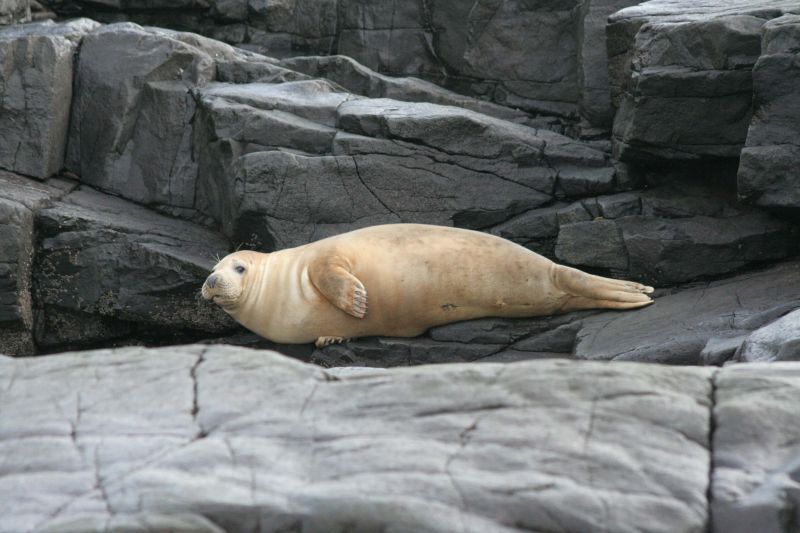Publications
Articles:
V. Survilienė, O. Rukšėnas, P.P. Pomeroy, S.E.W. Moss, K.A. Bennett. 2022. Evaluating suitability of saliva to measure steroid concentrations in grey seal pups. General and Comparative Endocrinology, https://doi.org/10.1016/j.ygcen.2022.114070
Survilienė, V., Rukšėnas, O. & Pomeroy, P. P. 2016. Play behavior of wild Grey seals: Effects of haul-out group size and composition. Aquatic Mammals, 42(2), 144-161.https://doi.org/10.1578/AM.42.2.2016.144
Other:
Natkevičiūtė, V., Kulikov, P. & Grušas, A. 2013. Baltijos jūros žinduolių paplitimas ir būklė. Straipsnių rinkinyje: Baltijos jūros būklė. Jūrinių tyrimų centras, LR Aplinkos ministerija.
PhD Thesis:
Social development and changes in steroid hormones during early ontogenesis of grey seals (Halichoerus grypus). 2023. Scientific advisor Prof. Osvaldas Rukšėnas, scientific advisors Dr. Kimberley Bennett and Dr. Paddy Pomeroy, Vilnius University, Vilnius.
Conferences:
Survilienė, V., Sait, S.T.L, Asimakopoulos, A. G., Bennet, K., Moss, S., Pomeroy, P., Rukšėnas, O., Jenssen, B.M. and Ciesielski, T. M. 2022. Steroid hormone profiles in grey seal pups during the suckling period and postweaning fast using SFC-MS/MS. 24th Biennial Conference on the Biology of Marine Mammals, Florida, USA.
Survilienė, V., Moss, S. and Rukšėnas, O. Changes in saliva steroid hormone levels of grey seal pups during lactation and post-weaning fast. World Marine Mammal Conference, 9-12 December, 2019, Barcelona, Spain.
Stukonytė, L., Pomeroy, P., Twiss, S., Mozgeris, G., Rukšėnas, O. and Survilienė, V. Evidence of group density effect on behavioural differences in grey seal (Halichoerus grypus) neonates during lactation period. World Marine Mammal Conference, 9-12 December, 2019, Barcelona, Spain.
Survilienė V., Pomeroy P., Moss, S. and Rukšėnas O. The comparative analysis of steroid hormones in saliva and blood from grey seal (Halichoerus grypus) pups. 22nd Biennial Conference on the Biology of Marine Mammals, 22-27 October, 2017, Halifax, Canada.
Survilienė, V., Moss S., Pomeroy P., Rukšėnas O. The analysis of steroid hormones in saliva and blood from grey seal (Halichoerus grypus) pups. 20th Anniversary Conference Laboratory Animals in Research, 24-25 Lapritis, 2016, Vilnius, Lietuva
Survilienė, V., Pomeroy, P., Moss S. and Rukšėnas, O. The use of saliva samples to estimate levels of steroids in grey seal (Halichoerus grypus) pups. Conference of Life Sciences Baltic, Vilnius, 2016.
Natkevičiūtė, V. & Rukšėnas, O. „Testosterono priklausomybė nuo kūno masės: seilių analizės metodas Baltijos pilkųjų ruonių (Halichoerus grypus macrorhynchus) testosterono koncentracijai nustatyti“. Stendinis pranešimas, santrauka pranešimų medžiagoje bei diplomas už I vietą. Mokslinė konferencija „Mokslas Gamtos mokslų fakultete“, Gamtos mokslų fakultetas, Vilniaus Universitetas, Vilnius, 2012.
Natkevičiūtė, V. Elgsenos stebėjimai laisvėje: socialinis žaidimas neporavimosi sezonu pilkųjų ruonių (Halichoerus grypus) tarpe. Tarptautinė mokslinė-praktinė konferencija „Virtualūs instrumentai biomedicinoje“. Išspausdinta konferencijos leidinyje. Klaipėdos universitetas, Klaipėda, 2012.
